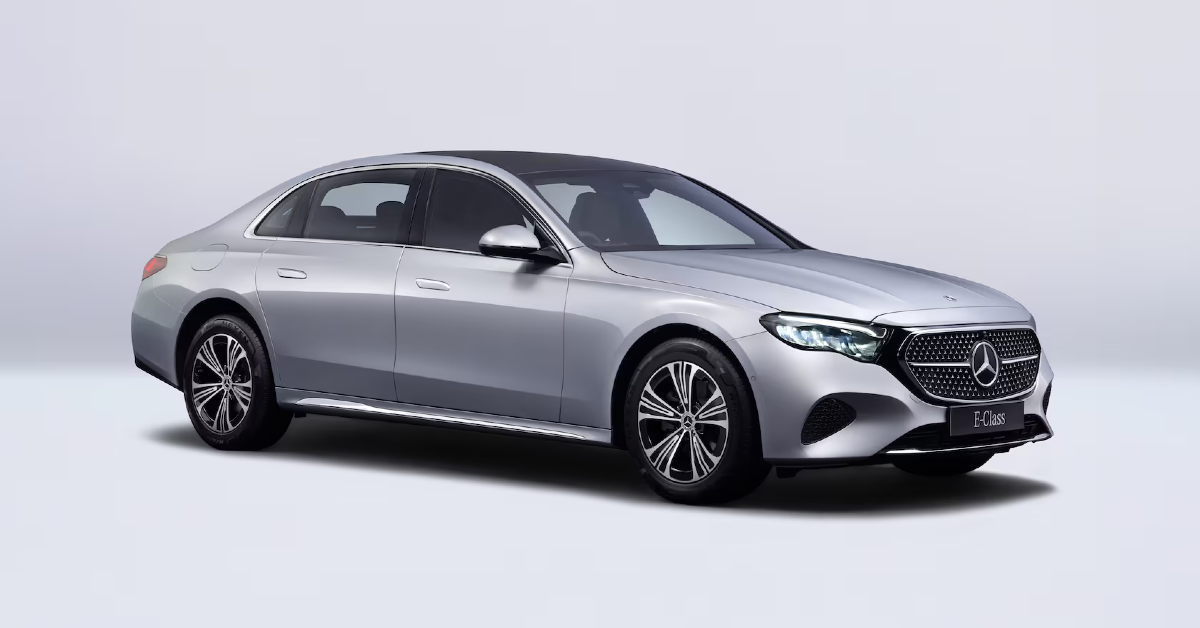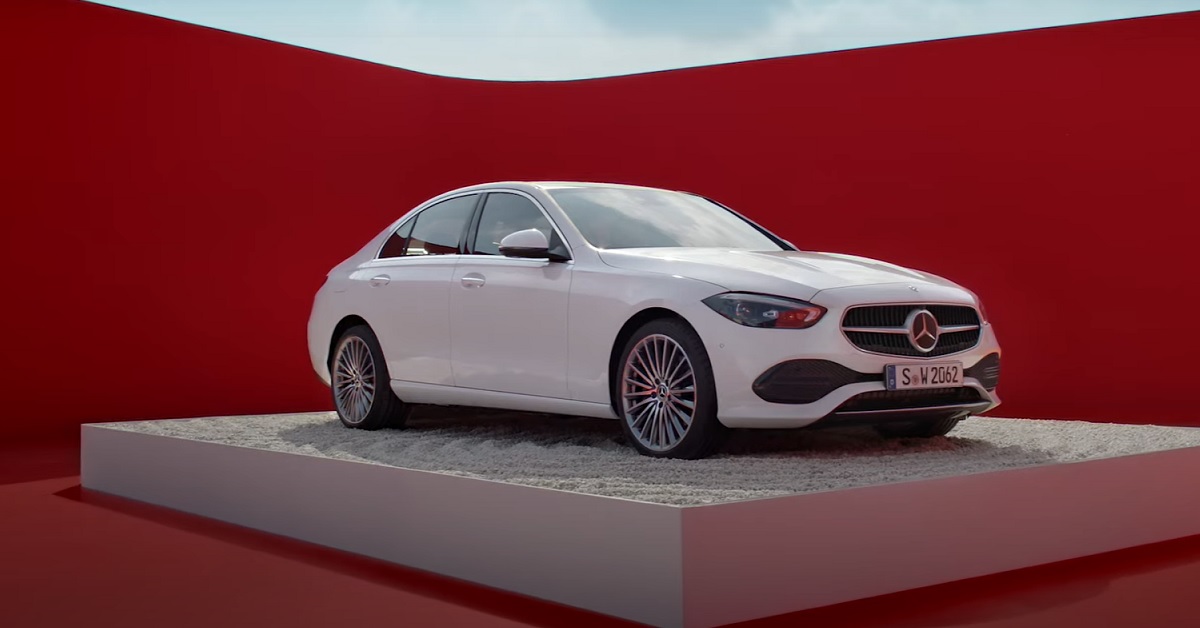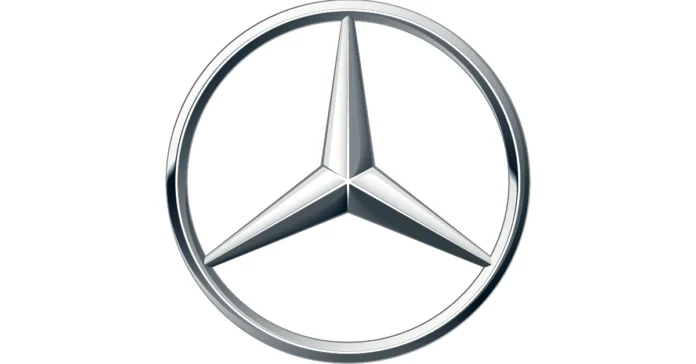Mercedes-Benz India has hiked the prices of all the cars in its portfolio. The automaker will implement the price correction in two phases, with the first phase starting on June 1. These price hikes will range from Rs 90,000 to Rs 12.20 lakh, depending on the model. The second phase will start on September 1 and will see the prices go up by 1.5%.
Read Also: Honda Elevate Apex Summer Edition launched in India
Table of Contents
Mercedes-Benz India: Here are the models affected by the price hike
The first phase of the price increment will affect the following Mercedes-Benz models.
| Model | New Price | Old Price | Difference |
| C 200 | Rs 60.30 lakh | Rs 59.40 lakh | Rs 90,000 |
| GLC 300 4MATIC | Rs 78.30 lakh | Rs 76.80 lakh | Rs 1.50 lakh |
| E 200 | Rs 81.50 lakh | Rs 79.50 lakh | Rs 2 lakh |
| GLE 300d 4MATIC AMG Line | Rs 1.01 crore | Rs 99.00 lakh | Rs 2.50 lakh |
| EQS SUV 450 4MATIC | Rs 1.31 crore | Rs 1.28 crore | Rs 3 lakh |
| GLS 450 4MATIC | Rs 1.37 crore | Rs 1.33 crore | Rs 3.10 lakh |
| Maybach S 680 | Rs 3.60 crore | Rs 3.47 crore | Rs 12.20 lakh |
Mercedes-Benz India has cited “a steep increase in forex rates since January 2025” as the reason behind the price hike. According to the automaker, the 10% depreciation in the value of the Indian Rupee compared to the Euro has severely impacted the cost structure of components and products, specifically the Completely Built Up (CBU) imports.

Mercedes-Benz India has further stated that it is passing on only a marginal portion of the cost increase to the customers, as it continues to increase localisation efforts. The automaker revealed that it had absorbed the cost increase so far, and is now compelled to pass on minimal cost to the market, to offset the impact on operational expenses and maintain business sustainability.

Mr Santosh Iyer, Managing Director & CEO, Mercedes-Benz India, said, “Over the last four months, the rupee has depreciated in the market, with an approximate 10% drop in the Euro to INR exchange rate, causing significant cost pressures on our business operations. This steep swing in the Euro-INR rate has been severely impacting the cost of imports, for both components and CBU cars. Though we have been absorbing most of the exchange rate difference to date and increasing our localization initiatives, we are now compelled to pass on a small portion of it to customers. The continuous rise in operational costs, influenced by forex movement, necessitates this slight price correction, which we will pass on to the market, for sustained business of the company and our Franchise Partners.”
Read Also: Discounts of up to Rs 1.70 lakh on Tata Curvv EV, Nexon EV, and more
Final Thoughts
The phased price hike allows customers to plan their purchases and financial scheme. Mercedes-Benz India has also introduced financial schemes to minimise the impact of the price hike and ensure that the EMI outflow for customers remains largely unchanged.




